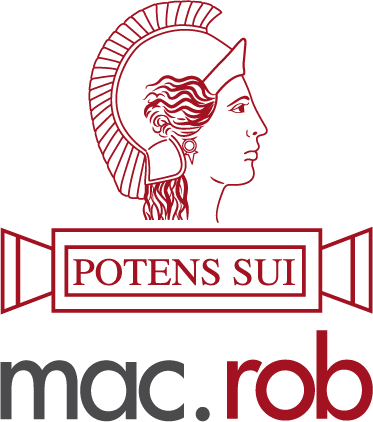Year 9 Geography Update | Term 1, 2025
Geospatial Technologies Incursion & Royal Botanic Gardens Excursion.
For many students, geography is merely the stringent boundaries of a map– an oval shape that seemingly encompasses the entire subject on a page. The Year 9 Geography students at Mac.Rob have recently learnt that this is not the case, through educational fieldwork. For the past few weeks, they have had the privilege of going on both an incursion and excursion to expand their curricular knowledge.
Across Week 8, the Year 9 Mac.Rob Geography students had the opportunity to engage with Geospatial Engineers (surveyors) from the CR Kennedy and Lyssna Group, during an insightful incursion located in the school Rose Garden. The engineers joined us to share their expertise, providing a deeper understanding of the real-world applications of Geospatial Geography. They initiated brief, but invigorating activity rotations to allow students to gain hands-on experience with a variety of mechanisms.
During this session, we were exposed to various applications of Geospatial Geography including the use of GPS mapping, the advanced function of laser technology and the operation of a range of modern drones used in fieldwork. These interactive demonstrations showcased the crucial role of Geospatial Engineering in collecting, analysing and interpreting spatial data for a range of industries.
A collective highlight of the incursion was the opportunity to learn about and interact with drones. This experience allowed us to gain valuable insights into how drones function and their effective application in capturing scenes beyond the human eye.
In Week 9, Year 9 Geography students visited the Melbourne Royal Botanical Gardens to deepen their understanding of biomes and explore experiential ecological interactions. Through this excursion, we strengthened our understanding of an assortment of biomes like the drylands, rainforests and temperate woodlands located within the Gardens; with first hand experience of the geographical concepts.
This excursion was a way for students to apply their theoretical knowledge, in actuality. We were challenged to interpret geographical information, practicing the usage of maps and signage to navigate our way. This excursion was also an opportunity to practice collecting data and recording observations.
The Melbourne Royal Botanic Gardens houses thousands of diverse species from around the world, many of which are organised in regional collections. This offered us an insight into the characteristics and environments of a range of biomes.
One of the key takeaways of these concrete geographical experiences was the renewed perspective we formed in relation to geography. We delved into the environmental connection to Australian heritage– sculpted by native and intercultural flora and fauna. We learnt about the evolving advancement of science, technologies and sustainable practices; to preserve the authenticity and biodiversity of our planet by physically viewing how humans have had diverse impacts on the world, and will continue to. The opportunity to actively observe nature on the field, amidst community presence– drew cognizance to our actions in relation to our environment. We feel as though this unit would almost be incomplete without these immersive experiences. They allowed us to brainstorm ways in which we can have more valuable ecological contributions– acknowledging that we all play a significant role in the development of our world.
Durga, Mackenzie and Siya (9D)





